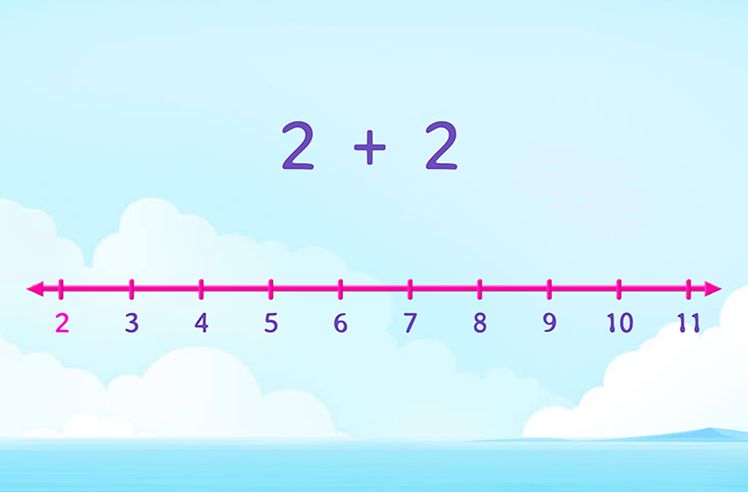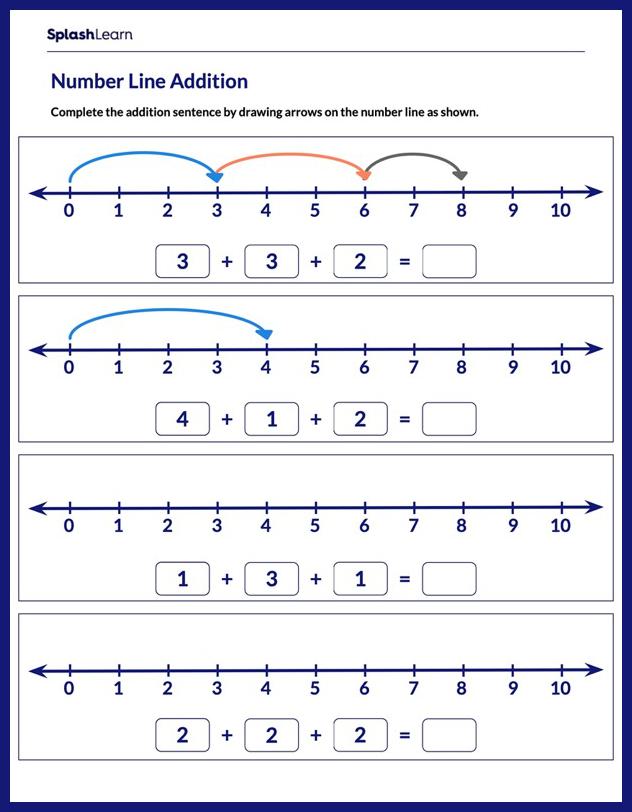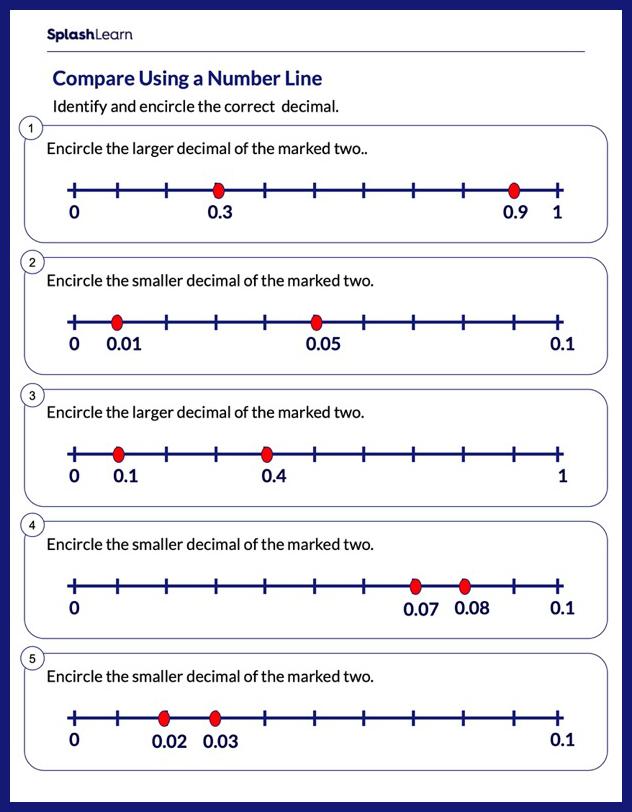What is a Line of Symmetry?
In mathematics, an object is said to have symmetry if it can be divided into two identical halves. The line that divides the object into its identical halves is called the line of symmetry. For example, in the given image, the line passing through the middle of the flower is its line of symmetry.

Definition of Line of Symmetry
A line of symmetry is the line that divides a shape or an object into two equal and symmetrical parts. We also call this line the axis of symmetry or mirror line because it divides the figure symmetrically, and the divided parts look like mirror reflections of each other. More line of symmetry examples are shown in the figure below.

Recommended Games
Symmetric and Asymmetric Figures
A figure or shape that can be divided into two equal parts by a line is called symmetric figures. The shapes and objects that are irregular and do not resemble each other when divided into two parts are called asymmetric figures.

Recommended Worksheets
Types of Lines of Symmetry
The line of symmetry can be categorized based on the basis of its orientation.

Horizontal Line of Symmetry: If a horizontal line divides an object into two identical halves, it is called a horizontal line of symmetry. That means the horizontal line of symmetry goes from left to right (or vice versa) in an object.
Vertical Line of Symmetry: If a vertical line divides an object into two identical halves, it is called a vertical line of symmetry. That means that the vertical line goes from top to bottom (or vice versa) in an object and divides it into its mirror halves.
Diagonal Line of Symmetry: If a diagonal line divides an object into two identical halves, it is called a diagonal line of symmetry. That means the diagonal line of symmetry goes sideways or slanting in an object.
Number of Lines of Symmetry in a Shape
The line of symmetry produces reflections that coincide. A shape or an object can have multiple lines of symmetry as per its structure. Shapes with one line of symmetry have only one line that divides them into identical parts. Shapes with multiple lines of symmetry have more than one line that divides them equally. The axis of symmetry can be horizontal, vertical or diagonal. For example,
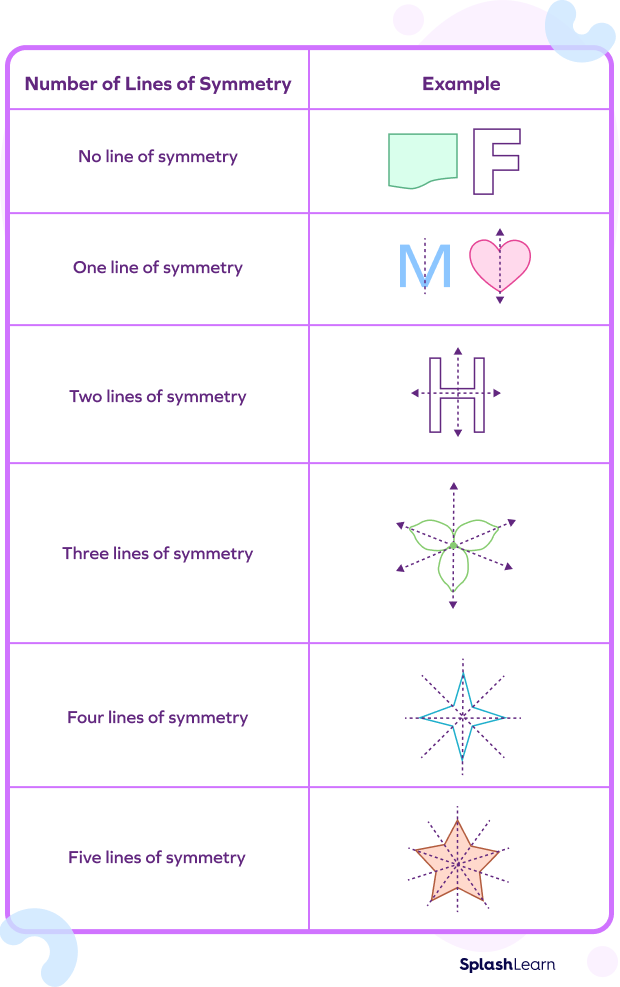
Line of Symmetry in Geometry
Axis of symmetry in common two-dimensional geometrical shapes are given below:
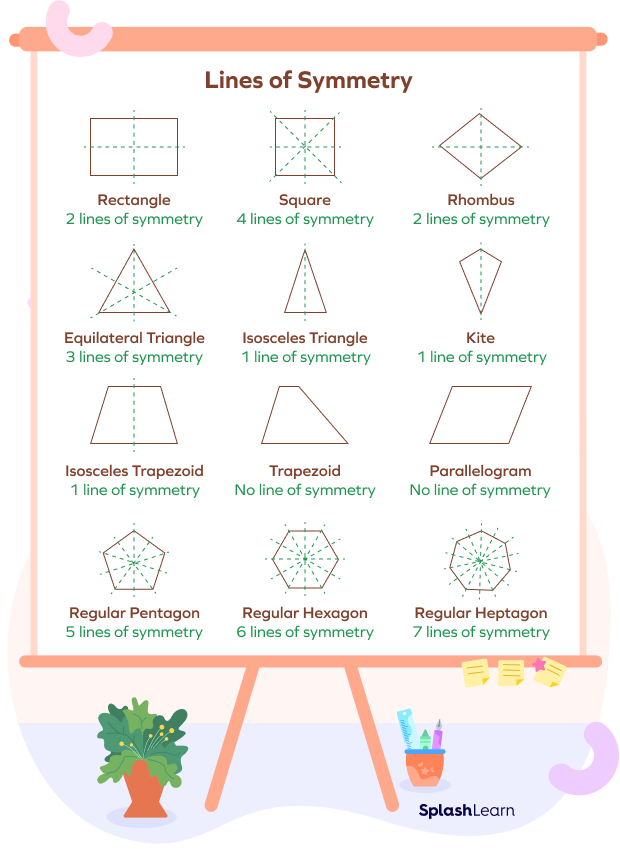
Geometric shapes can have more than one line of symmetry. Let us study some geometric shapes with one and multiple axes of symmetry.
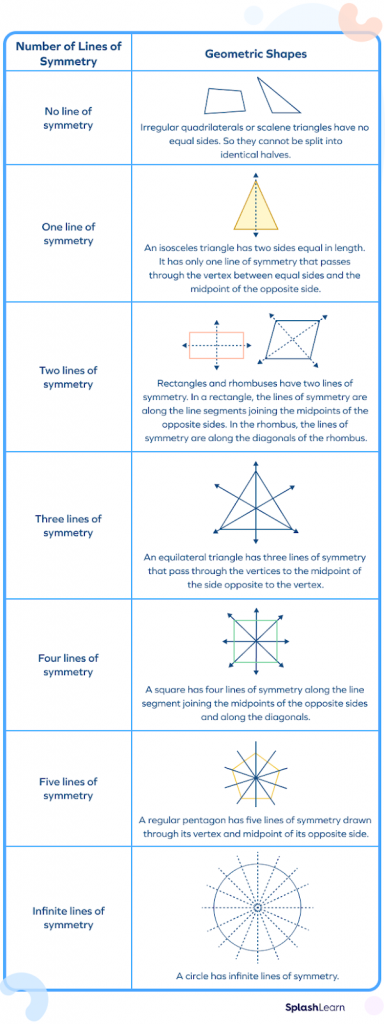
Solved Examples on Line of Symmetry
Example 1: How many lines of symmetry do the given figure have?

Solution: The given figure only has one line of symmetry.

Example 2: Identify whether the given line of symmetry is a vertical, horizontal, or diagonal line of symmetry.
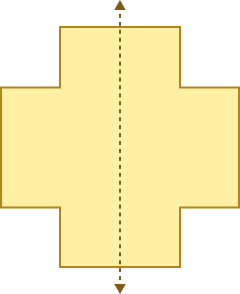
Solution: The given line is a vertical line of symmetry.
Example 3: Write three capital letters in the English alphabet have no lines of symmetry?
Solution: The three letters in the English alphabet that have no lines of symmetry are P, G, and J.
Example 4: Write three capital letters in the English alphabet with horizontal and vertical lines of symmetry.
Solution:The English alphabets with horizontal and vertical lines of symmetry are H, I and O.
Practice Problems on Line of Symmetry
Line of Symmetry - Definition with Examples
How many lines of symmetry does an isosceles right triangle have?
All isosceles triangles have one line of symmetry.
Which of the following alphabets is asymmetrical?
The alphabet “R” is asymmetrical because it cannot be divided equally and symmetrically along any axis.
Which of the following shapes has exactly two lines of symmetry?
When a rhombus is folded along its diagonals, the two halves are identical.
Which of the following dotted lines is not a line of symmetry?




The dotted line in all options (b), (c) and (d), divides the figure symmetrically. The horizontal line drawn in (a) does not divide the kite shape into two equal or mirrored halves. The lower part is bigger than the upper half.

Conclusion
Lines of symmetry can help children understand and create patterns. It teaches a sense of balance and order and opens them up to the natural world where symmetry abounds—insects, seashells, and leaves, to name a few.
Learn more mathematical concepts on SplashLearn, the game-based learning platform equipped with interactive games and fun worksheets.
Frequently Asked Questions on Line of Symmetry
What is the maximum number of lines of symmetry in an object?
The number of lines of symmetry depends on the shape or figure. For example, an isosceles triangle has one line of symmetry, the rectangle has two lines of symmetry, and the circle has an infinite line of symmetry.
Are there shapes that have no lines of symmetry?
The shapes or objects that are irregular and do not resemble each other when divided into two parts are called ASYMMETRIC. Such shapes do not have a line of symmetry. A scalene triangle, a parallelogram, and a trapezium are examples of shapes that have no lines of symmetry.
How do you find the line of symmetry for a shape?
Fold the shape so that one half is identical to the other half. The line along which you have folded can be called a line of symmetry. There can be more than one such line or line of symmetry.
How many lines of symmetry does a regular polygon have?
In a regular polygon, all sides and angles are equal. If it has “n” number of sides, it will also have “n” number of lines of symmetry. For example, a square with four equal sides has four lines of symmetry, and a regular pentagon has five lines of symmetry.
















